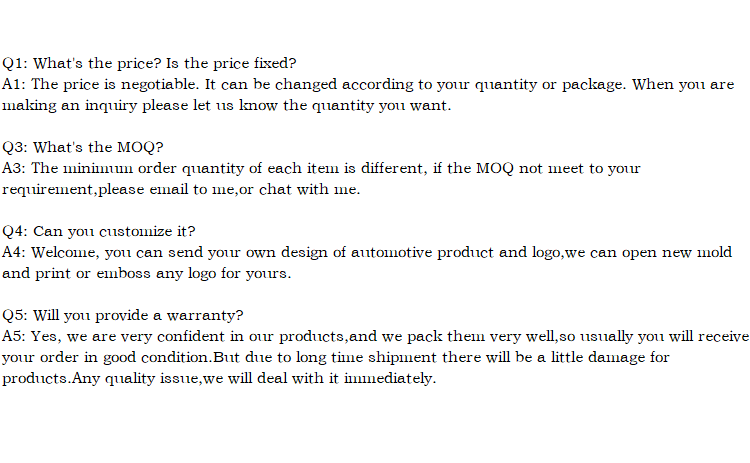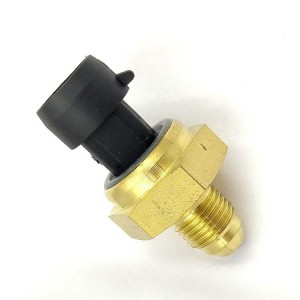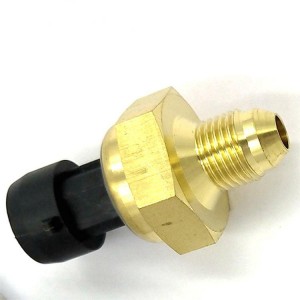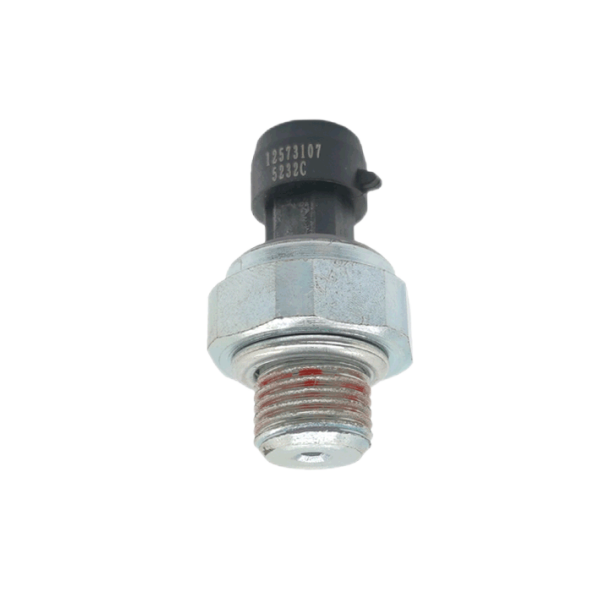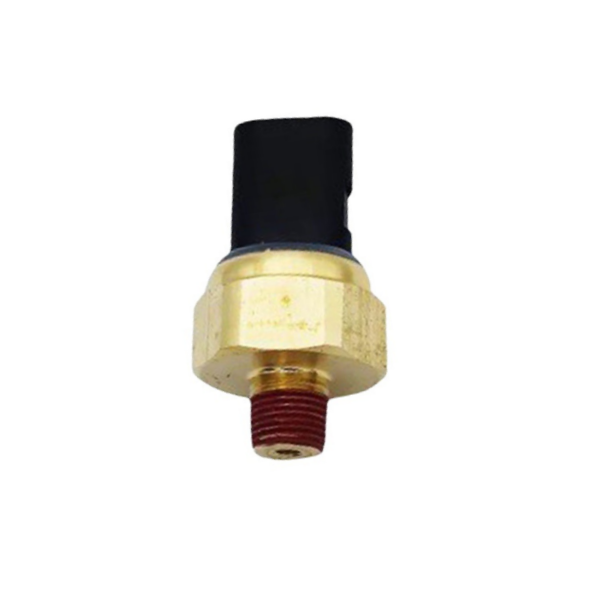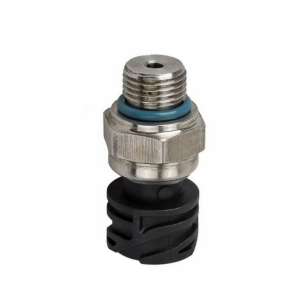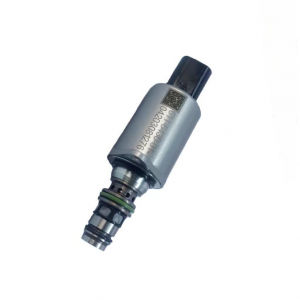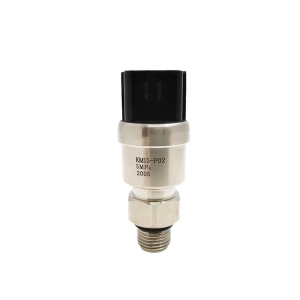Fuel pressure switch for Ford electronic oil pressure sensor 1850353
Product introduction
Heat treatment method
Most of them are used in aluminum alloy load cells, which are carried out after the blank is processed into elastic elements, mainly including reverse quenching method, cold and hot cycle method and constant temperature aging method.
(1) Reverse quenching method
It is also called deep cooling and rapid heating method in China. Put the aluminum alloy elastic element in liquid nitrogen at -196℃, keep the temperature for 12 hours, and then quickly spray it with new high-speed steam or put it into boiling water. Because the stress produced by deep cooling and rapid heating are in opposite directions, they cancel each other out and achieve the purpose of releasing residual stress. The test shows that the residual stress can be reduced by 84% by using liquid nitrogen-high-speed steam method and by 50% by using liquid nitrogen-boiling water method.
(2) cold and hot cycle method
The process of cold and hot cycling stability treatment is-196℃×4 hours /190℃×4 hours, which can reduce the residual stress by about 90%, and has stable organizational structure, high resistance to micro-plastic deformation and good dimensional stability. The effect of releasing residual stress is so obvious. First, the thermal motion energy of atoms increases, lattice distortion decreases or disappears, and internal stress decreases when heating. The higher the upper limit temperature, the greater the thermal motion of atoms, the better the plasticity, which is more conducive to releasing residual stress. Second, because of the interaction between thermal stress and residual stress caused by hot and cold temperature gradient, it is redistributed and the residual stress is reduced.
(3) Constant temperature aging method
Constant temperature aging can eliminate the residual stress caused by machining and the residual stress introduced by heat treatment. When LY12 hard aluminum alloy is aged at 200℃, the relationship between residual stress release and aging time shows that the residual stress can be reduced by about 50% after holding for 24 hours.
Product picture
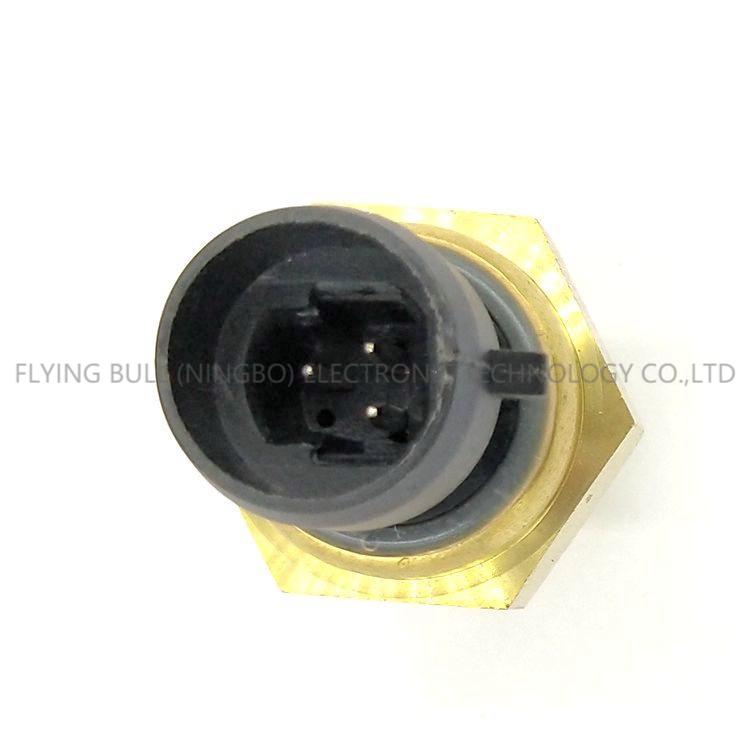

Company details







Company advantage
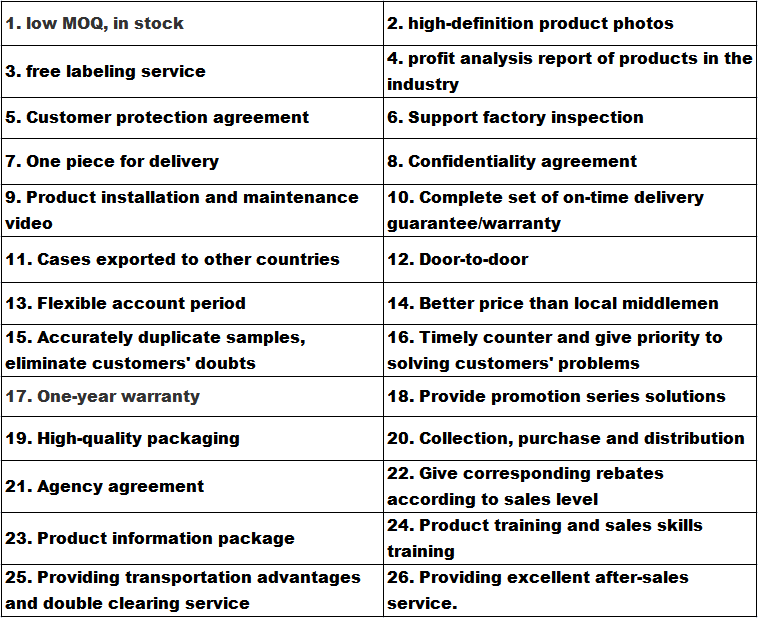
Transportation

FAQ
